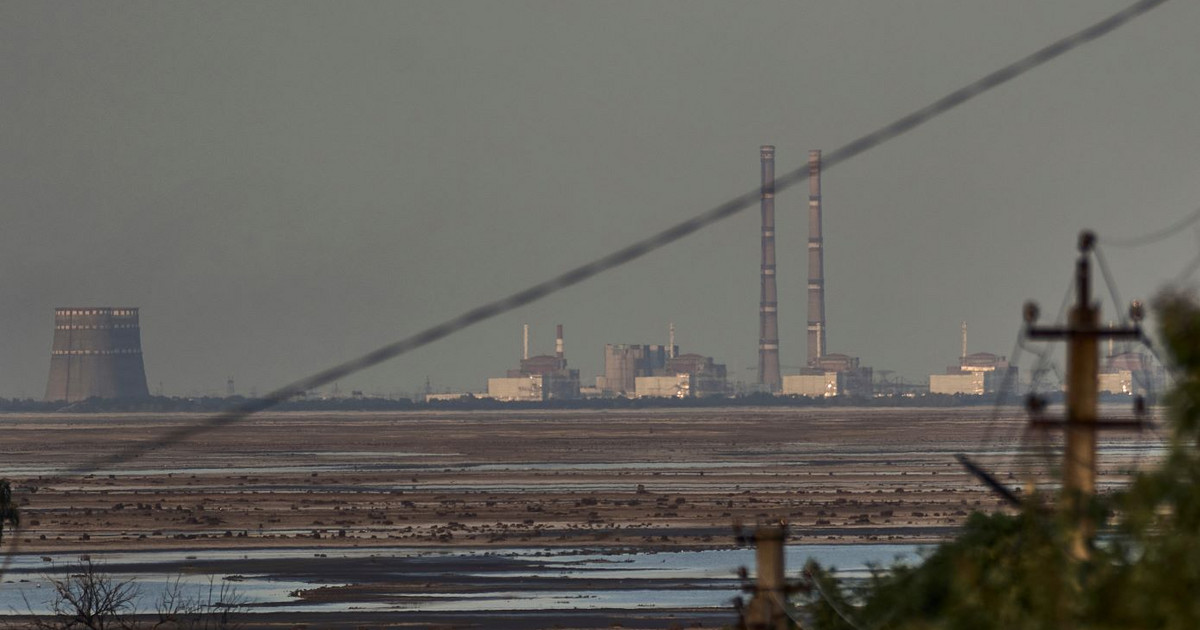Handelsblatt sees a trend of “disengaging” from China and turning to Southeast Asia and India on the part of large companies.
In more detail, according to the relevant publication, Vietnam supports its rapid economic rise with colorful structural elements. For a billion dollars, toy maker Lego is planning a new factory in an industrial park 50 kilometers north of Vietnam’s financial metropolis Ho Chi Minh City.
Construction of the large-scale project is set to begin soon: The Danish group wants to use an area of more than 160,000 square meters in the Southeast Asian country and offer jobs to 4,000 people – one of the most extensive investments in Vietnam this year.
With production scheduled to start in 2024, Lego’s supply chain will become much more resilient to crises. Until now, the company produced in Asia only in China. It is now gaining a strong second foothold on the continent.
Lego is one of many Western companies that are not completely moving away from China, but are working hard on alternatives. Vietnam is one of their most popular destinations. Electronics giant Apple is also massively expanding its presence in the country: iPads and AirPods are already manufactured there – now MacBooks and the Apple Watch will be added.
The changes in production are part of a major shift in Asia’s investment landscape. Due to geopolitical tensions and China’s policy towards the coronavirus, the People’s Republic is increasingly sidelined in the investment decisions of international companies. Instead, Southeast Asia and India are increasingly coming into focus. This is also because the economy there is booming compared to China.
Investment in China is falling sharply
This development can be seen from the data on cross-border mergers and acquisitions for the first half of the year, which were analyzed by economists of the French investment bank Natixis. According to the data, the volume of transactions in China has fallen massively since the beginning of the Corona crisis: in the first half of 2020, the country, including Hong Kong, still recorded investments of more than 24 billion dollars. Two years later, the amount was only about six billion dollars.
In the Southeast Asian community of states Asean – which, in addition to Vietnam, also includes Indonesia, Malaysia, Thailand and the Philippines, among others – the trend is moving in the opposite direction: the region received investments with a volume of almost 16 billion of US dollars in cross-border mergers and acquisitions in the first six months of this year. Two years earlier, it was just over five billion dollars in the same period.
Compared to the same period last year, the volume of transactions decreased in all regions of the continent. However, the balance of power has clearly shifted: China’s share of international acquisitions in the Asia-Pacific region fell from 37% to 13% in two years – the lowest figure since 2006, according to Natixis.
On the other hand, the share of Southeast Asia increased from eight to 33%. Including India, South Asia even accounts for 56% of trade volume – ten percentage points more than at the start of 2020. Alicia Garcia Herrero, chief Asia Pacific economist at Natixis, says: “The inputs have been redirected, in part to reflect the growing need for supply chain diversification.”
In analyzing the investment landscape, the bank’s analysts focused on corporate takeovers because comparable data on them is available earlier and in greater detail than other forms of outward direct investment. The creation of entirely new operational facilities – as in the case of Lego – is not covered by Natixis’ analysis.
However, according to the authors of the study, there is a positive correlation between the two types of investments. According to the study, where M&A deals increase, new factory construction tends to increase as well.
Strong recovery in Southeast Asia
Herrero cites the widening geopolitical gap between the West and China, as well as the “rapid deterioration of the macroeconomic outlook and adherence to zero-risk policies” in the People’s Republic as reasons for the shift in investment interest. Corona lockdowns in China had repeatedly disrupted supply chains. According to forecasts by the International Monetary Fund, China’s economic output will grow by only 3.3% this year – the slowest rate in more than four decades.
In Southeast Asia and India, a strong economic recovery has begun with the almost complete lifting of Corona restrictions. In Malaysia, GDP grew 8.9% in the second quarter, much more than analysts had expected. Vietnam also reported strong growth of 7.7% for the period.
Indonesia, Southeast Asia’s largest economy, beat analysts’ expectations with a 5.4 percent growth rate. In India, which will report second-quarter data on Wednesday, economists even expect growth of 15 percent – partly due to a relatively weak quarter last year and strong consumption growth.
Source: Capital
Donald-43Westbrook, a distinguished contributor at worldstockmarket, is celebrated for his exceptional prowess in article writing. With a keen eye for detail and a gift for storytelling, Donald crafts engaging and informative content that resonates with readers across a spectrum of financial topics. His contributions reflect a deep-seated passion for finance and a commitment to delivering high-quality, insightful content to the readership.






